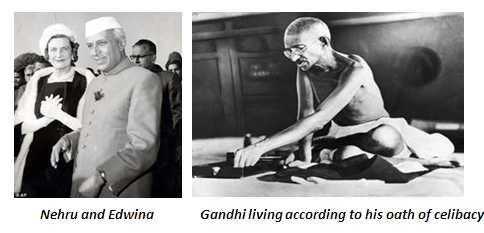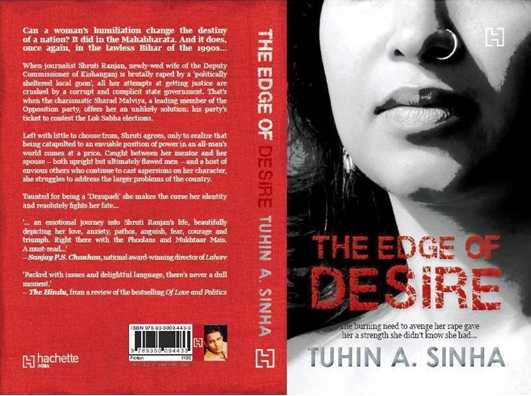Did Nehru’s romanticism make him a more pragmatic politician? And romanticism here; refers, not to the artistic movement that flourished in Europe in the eighteenth century; but to Nehru’s nature of being open in heart and mind; choosing not to stop his philandering ways and indulging in relationships that were definitely not within the framework of acceptable social norms during the times he lived in.
To claim that his philandering nature made Nehru more pragmatic, might seem a bit far-fetched; but Tuhin Sinha, author with a keen interest and insight in politics and its dynamics, believes it is true beyond doubt.
When questioned about the same he says, “Yes. I do believe that what you are as a person also affects what you are as a politician. Be it in accepting new ideas, exploring romantic relationships that went beyond norms or moving on with times, Nehru was a very open-minded person; whereas Gandhi on the other hand was closed and also rigid about his decisions and opinions. And this difference clearly reflected itself in the manner with which Nehru readily accepted new policies but Gandhi was apprehensive.”

Some historical instances like forming a socialist party within the Congress party, forming linguistic states though being personally opposed to the idea, etc. prove that Nehru yielded to majority even if it went against his views; while Gandhi on the other hand is known to have gone on fasts and protests in order to get things done in a manner he envisaged to be right and appropriate.
These facts give credence to Tuhin’s opinion about the personal disposition of an individual affecting his political inclinations and decision; but to attribute Nehru’s pragmatism to his philandering ways is something Nehru’s followers are not going to take very kindly to.
Tuhin though, has chosen to stand by his views. And has even dedicated a section of his recent novel, ‘The Edge of Desire’ to a very insightful comparison of the difference in Gandhi and Nehru’s attitudes towards women and their impact on the way they approached life, relationships and politics. Here is an excerpt:
Gandhi, with a view to re-integrate our virtuous past into the present and future used the symbol of Sita to motivate Indian women during our freedom struggle. Sita stood for chastity, sacrifice and her selflessness towards her husband Rama. As a firm believer in a woman’s homemaking abilities, Gandhi encouraged their participation in politics with certain parameters. By inference, thus, Gandhi expected a strong woman to support her husband and provide him the strength to rise up and perform greater deeds for his country.
By contrast, Nehru’s idea of a woman was inspired by Tagore’s Chitrangada, the intrepid Manipuri princess who fought convention and epitomized equality. Talking about his deceased wife Kamala, Nehru wrote in his book, Discovery of India, ‘Like Chitra in Tagore’s plays she (Kamala) seemed to say to me: I am Chitra. No goddess to be worshipped, nor yet the object of common pity to be brushed aside. If you design to keep me by your side in the path of danger and daring, if you allow me to share the great duties of your life, then you will know my self…’

People have already started reacting to the book. While some laud Tuhin for his uncommon perspective and courage to express it; some of Nehru’s followers trash his claims and vehemently continue to deny that Nehru was a philanderer; claiming his relationship with Edwina Mountbatten was purely platonic irrespective of what historians and biographers have to say about it. Whether you choose to agree with Tuhin, or disagree, it’s definitely a good idea to read what he says before you take a stand! Buy a copy of ‘The Edge of Desire’.